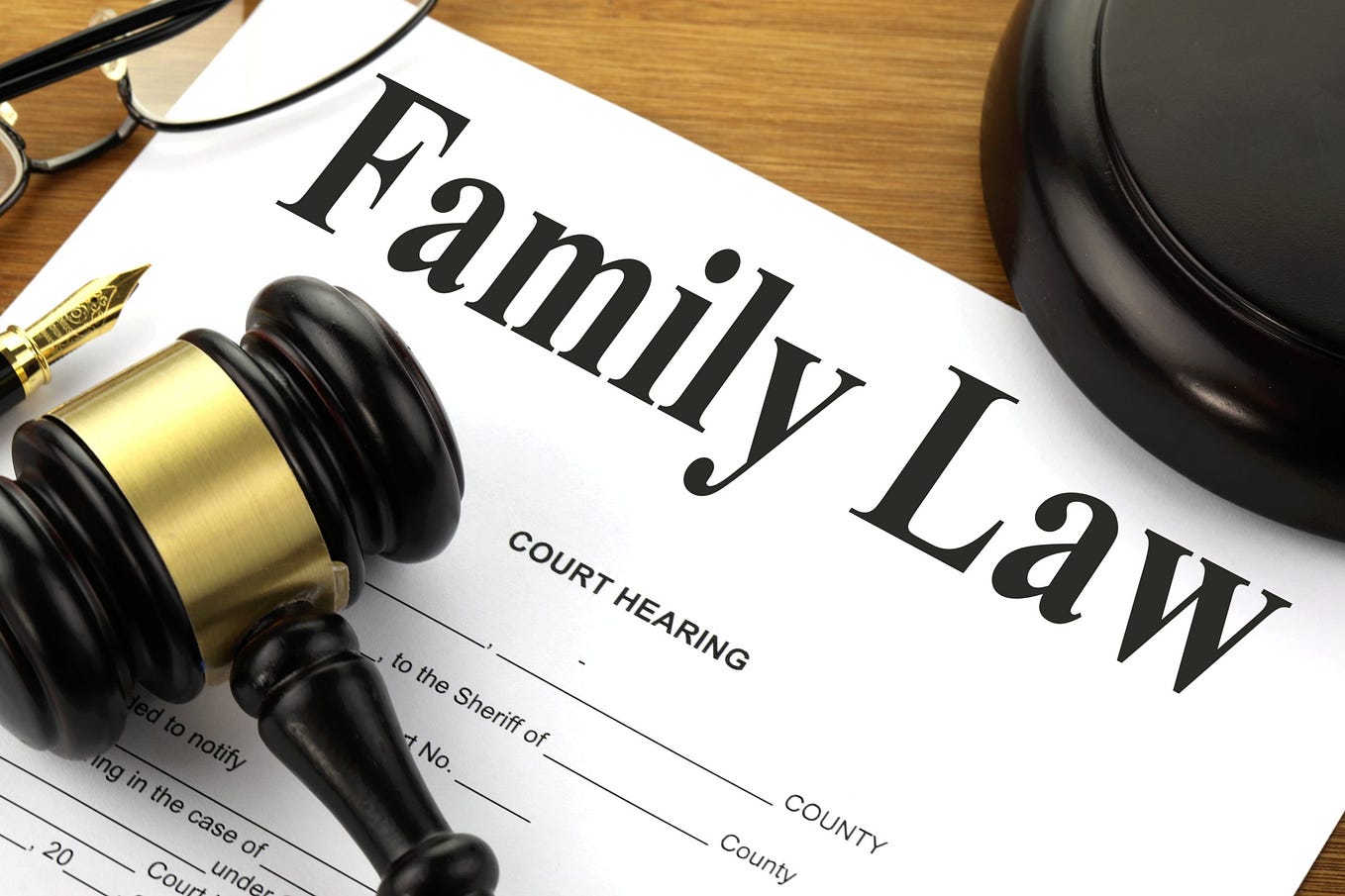Workplace injuries can occur in any environment, from offices to construction sites, and can have serious consequences for both employees and employers. In the event of an injury, prompt and effective reporting is essential to ensure the injured party receives proper medical care, and to protect the rights and interests of all parties involved. This comprehensive guide outlines the essential steps for reporting a workplace injury effectively, from immediate response to follow-up procedures.
Understanding the Importance of Reporting
Before delving into the specifics of reporting a workplace injury, it’s crucial to understand why reporting is so important. Prompt reporting a workplace injury not only ensures that the injured employee receives timely medical attention but also enables the employer to investigate the incident, identify potential hazards, and take corrective actions to prevent future accidents.
Additionally, reporting a workplace injury is often a legal requirement, and failure to do so can result in penalties for the employer and complications for the injured employee when seeking compensation.
Immediate Response to the Injury
When a workplace injury occurs, the immediate priority is to provide first aid and ensure the safety and well-being of the injured employee. Depending on the severity of the injury, this may involve calling emergency services or transporting the injured individual to a medical facility for treatment. It’s crucial to act quickly and decisively to minimize further harm and alleviate pain and suffering.
Notify the Supervisor or Manager
Once the immediate medical needs of the injured employee have been addressed, the next step is to notify the appropriate supervisor or manager of the incident. This should be done as soon as possible, preferably immediately after the injury occurs. The supervisor will then initiate the formal reporting process and ensure that the necessary documentation is completed in a timely manner.
Complete an Incident Report
One of the primary components of reporting a workplace injury is completing an incident report. This document provides a detailed account of the circumstances surrounding the injury, including the date, time, location, and nature of the incident, as well as any contributing factors or witnesses. The injured employee, supervisor, and any other relevant parties should collaborate to accurately fill out the incident report, ensuring that all pertinent information is recorded.
Seek Medical Attention
In addition to reporting the injury to the employer, the injured employee should seek prompt medical attention from a qualified healthcare provider. Even if the injury seems minor at first, it’s essential to undergo a thorough evaluation to diagnose any underlying issues and receive appropriate treatment. Be sure to inform the healthcare provider that the injury occurred in the workplace, as this may have implications for billing and insurance purposes.
Follow-Up with the Employer
After receiving medical treatment, the injured employee should follow up with their employer to provide updates on their condition and discuss any necessary accommodations or modifications to their work duties. Open communication between the employee and employer is key to ensuring a smooth recovery process and facilitating the employee’s return to work when they are medically cleared to do so.
Cooperate with the Investigation
Once the injury has been reported, the employer will conduct an investigation to determine the root cause of the incident and identify any corrective actions that need to be taken. It’s essential for all parties involved, including the injured employee, to cooperate fully with the investigation process. This may involve providing statements, participating in interviews, or providing access to relevant documentation or evidence.
Know Your Rights
As an injured employee, it’s important to understand your rights under workers’ compensation laws and regulations. In most jurisdictions, workers’ compensation provides financial compensation and benefits to employees who are injured or become ill as a result of their work. These benefits may include medical expenses, lost wages, and disability benefits. Familiarize yourself with your rights and responsibilities under workers’ compensation laws, and don’t hesitate to seek legal advice if you have any questions or concerns.
Follow Through on Treatment and Rehabilitation
Recovery from a workplace injury may require ongoing medical treatment, rehabilitation, or therapy. The injured employee needs to follow through on their treatment plan and actively participate in their rehabilitation program. This not only promotes healing and recovery but also demonstrates a commitment to returning to work as soon as medically possible.
Conclusion
Reporting a workplace injury effectively is crucial for ensuring that injured employees receive prompt medical attention, protecting the rights and interests of all parties involved, and preventing future accidents. By understanding the importance of reporting, following the proper procedures for reporting an injury, seeking medical attention promptly, cooperating with the investigation, knowing your rights under workers’ compensation laws, and following through on treatment and rehabilitation, you can navigate the process with confidence and ensure a positive outcome for all.

